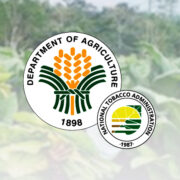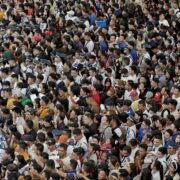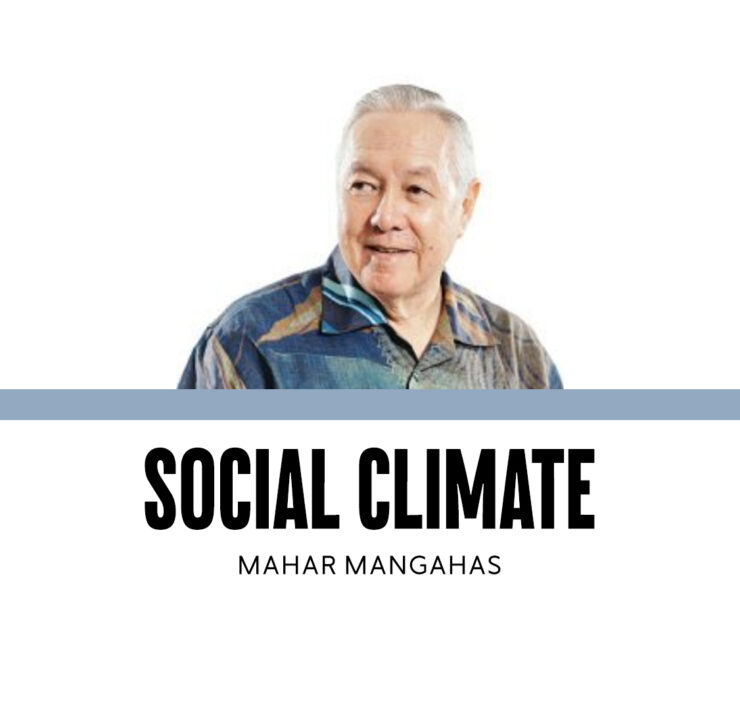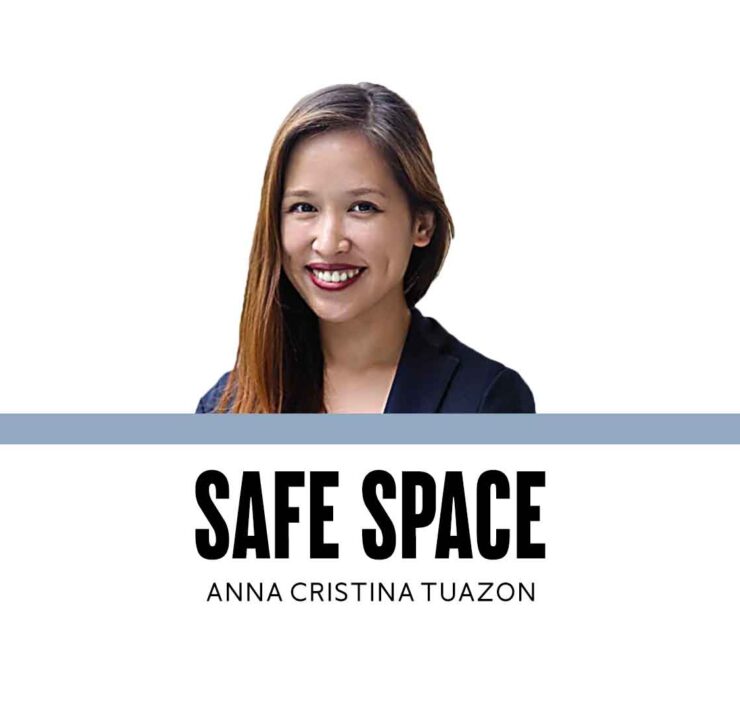Hunger zoomed in 2024
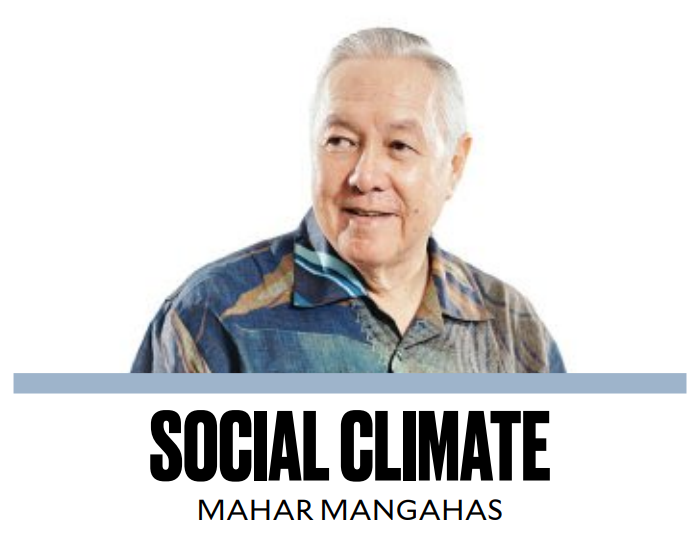
The questionnaire of Social Weather Stations (SWS) for its own-account quarterly surveys starts with questions on poverty, including the household’s self-rating of its poverty status (“Poverty back in the 60s,” 1/11/25). Its next topic after poverty is hunger, the first question being:
“Nitong nakaraang tatlong buwan, nangyari po ba kahit minsan na ang inyong pamilya ay nakaranas ng gutom at wala kayong makain?” (OO, HINDI) (In the last three months, did it happen even once that your family experienced hunger and not have anything to eat? [YES, NO]). IF YES: “Nangyari po ba ‘yan ng MINSAN LAMANG, MGA ILANG BESES, MADALAS, o PALAGI?” (Did it happen ONLY ONCE, A FEW TIMES, OFTEN, or ALWAYS?)
Surveying poverty and hunger together in a survey is common sense, since they are obviously related. Naturally, the latest SWS numbers on hunger—see “Social Weather Report: Hunger rises to 25.9% in December 2024 from 22.9% in September 2024” (www.sws.org.ph, 1/14/25)—are as dismal as the latest numbers on poverty.
There is always more hunger among the poor than the nonpoor, and even more hunger among the food-poor, i.e., the quantity and the quality of the food of households are coupled together. The unit of measure in the SWS surveys is the family, not the individual, by the way.
The hunger rates fluctuate over time, among both poor and nonpoor households; they are not fixed: hunger rises not only because poverty rises but also because the hungry proportions rise. See the details in the SWS website, rather than rely only on what the newspapers select from the full reports.
Take a long-term perspective. The 2024Q4 percentage of 25.9 is the second highest in 27 years of SWS hunger surveys, which have been quarterly since 1998. The quarterly peak of 30.7 percent happened four years ago in 2020Q3, pandemic time.
The new 25.9 breaks down into 18.7 moderate hunger (meaning it happened just once or a few times) plus 7.2 severe hunger (meaning it happened often or always). The peak 30.7 in 2020Q3 consisted of 22.0 moderate hunger plus 8.7 severe hunger.
During 1998-2005, the average quarterly hunger percentage was benign, between 7.0 and 11.4. In 2006-2014, it went through a hump, with all averages above 15 percent, peaking at 19.9 in 2011-2012.
Then the average fell steadily in 2015-2019, from 13.4 to 9.3—an episode of successful moderation of hunger that deserves detailed study. Unfortunately, in the following year, 2020, the hunger average exploded to 21.1.
There was a recovery in 2021-23, but it was wasted in 2024. The average quarterly percentage hungry among households steadily recovered from 21.1 in the pandemic to averages of 13.1 in 2021, 11.7 in 2022, and 10.7 in 2023. But most recently, the average for the full year 2024 is 20.2 percent, almost double that of 2023!
There were 5 successive quarterly increases in hunger. From the single-digit 9.8 percent in 2023Q3 five quarters ago, to the latest 25.9 percent in 2024Q4, the national hunger rate rose by a massive +16.1 points.
* The first quarterly jump was in 2023Q4, late in 2023, when national hunger rose by +3.8. It was most noticeable in Mindanao, where hunger rose by +5.3 from the previous quarter.
* Then in 2024Q1, it rose by a slight +1.6 in the nation, but by a significant +6.3 in the National Capital Region.
* In 2024Q2, it rose by +2.6 in the nation, led by +7.0 in Mindanao. (I called attention to the first three jumps in “Hunger keeps rising,” 7/27/24)
* In 2024Q3, it rose by a significant +5.3 in the nation, including a very large +12.3 in Visayas.
* Finally, in 2024Q4, it rose by +3.0, led by +7.2 in Balance Luzon.
In none of the past five quarters was there a national decline in hunger. The area most responsible for the national rise in hunger has varied over time; regional specialists should be consulted to explain why.
As of December 2024, the area with the highest percentage of families in severe hunger was Balance Luzon (8.7), followed by Mindanao (6.7), Visayas (6.1), and NCR (4.4). The area with the highest percentage of moderate hunger was Mindanao (23.6), followed by Visayas (18.3), NCR (17.8), and Balance Luzon (16.8).
Hunger is a very serious problem that deserves non-stop, up-to-date monitoring, no less frequently than general economic growth.
Reference: “The SWS surveys of Philippine hunger, 1998-2024,” by myself and Christine Belle Torres, Asian Journal of Agriculture and Development, December 2024, downloadable from www.sws.org.ph.
—————-
Contact: mahar.mangahas@sws.org.ph.
Dr Mahar Mangahas is a multi-awarded scholar for his pioneering work in public opinion research in the Philippines and in South East Asia. He founded the now familiar entity, “Social Weather Stations” (SWS) which has been doing public opinion research since 1985 and which has become increasingly influential, nay indispensable, in the conduct of Philippine political life and policy. SWS has been serving the country and policymakers as an independent and timely source of pertinent and credible data on Philippine economic, social and political landscape.


